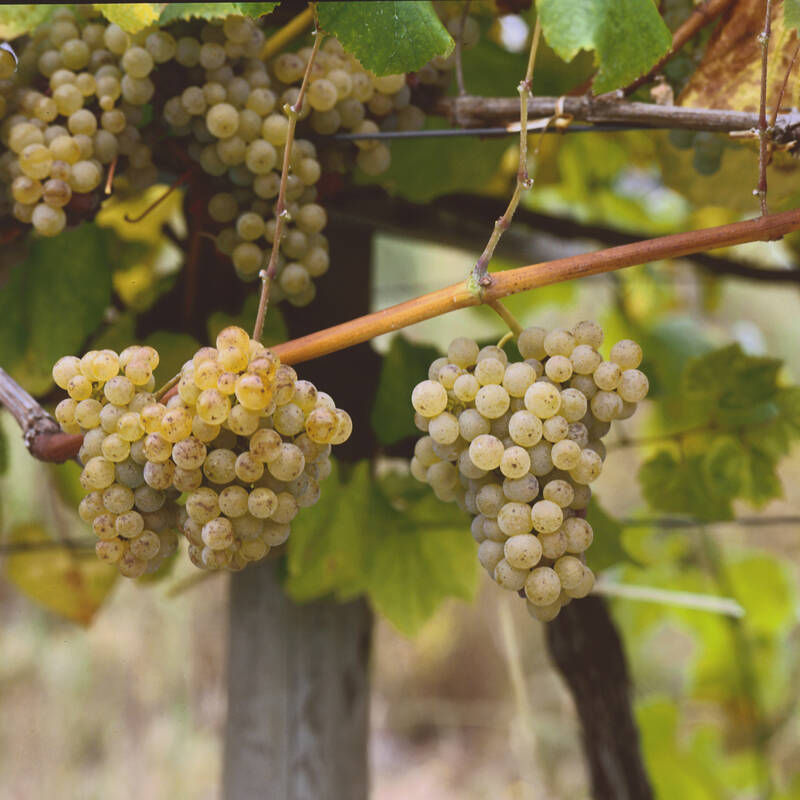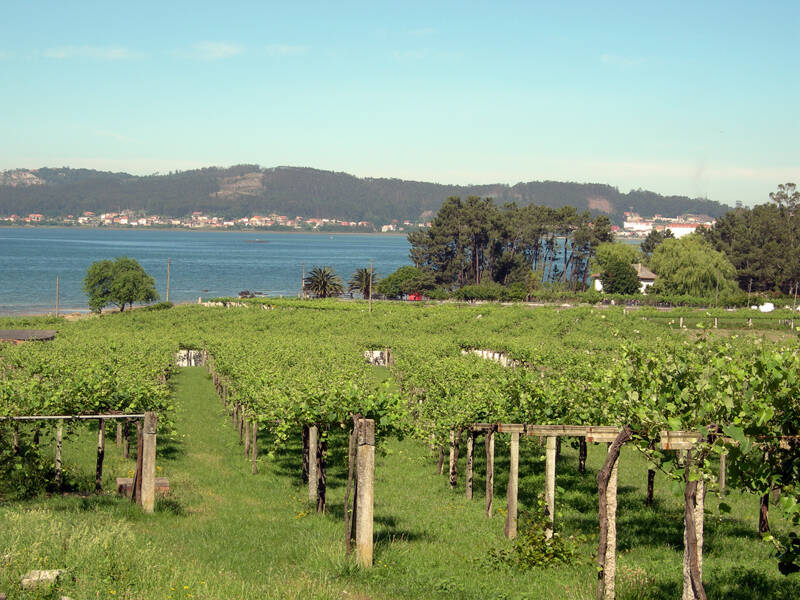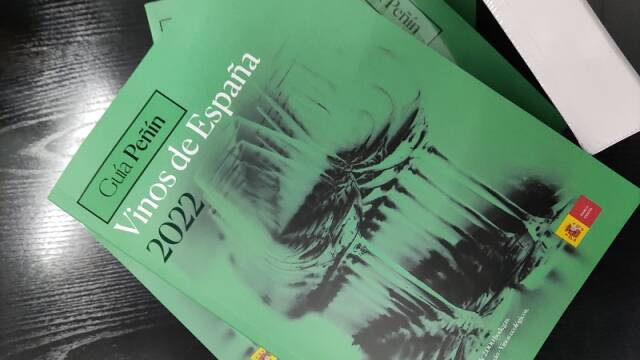The relationship between wine and time has always fascinated me. The transformation that wine undergoes in its relationship with oxygen, sometimes tragic, sometimes miraculous, is a journey that still holds some mystery. To this day, winemakers still speculate about the longevity of wine, but no one dares to say for certain how long their creation will live.
There are indicators that allow you to foresee this ageing, such as the pH or the total acidity of the wine, but they do not always allow us to glimpse a date. There is something beyond the control of scientists, as they are not able to give fair predictions. Perhaps this is why it is so beautiful. The fact that when you uncork the cork you always have that uncertainty as to whether you were right to hold it in the cellar is wonderful, especially if you discover that your patience has been rewarded and that you can share it with your friends and family.
Some wines, either because of their acidity or their tannins, should be kept for many years, for example Barolo reds, some Burgundy chardonnays, Bordeaux reds or some Rieslings from the Moselle.
However, we do not need to travel so far to find these wines. In Spain we also have interesting areas that offer us the possibility of making the wine part of our cellar for many years and allowing us to enjoy it fully once it has been uncorked years later. Rioja, for example, is capable of offering us an enriching experience in red wines designed to stand the test of time, such as the Reserva and the Gran Reserva. In the same way we can find other great examples in areas such as Ribera del Duero. But not everything is limited to red wines, the world of white wine offers interesting ageing possibilities, as is the case with Albariño, our protagonist today and perhaps the white grape with the greatest potential for ageing of all those we have in our vineyards.
White ageing
In order to see this expressive capacity over time in Spanish wines, we must go to the area that has come the furthest so far, Rías Baixas. There they have the great albariño, a short-cycle grape, which ripens early and maintains a lot of acidity. This grape has the freshness it needs to be able to show its ageing potential. It is important to highlight that the combination of climate, variety and human being is the most decisive factor in allowing us to work with wines that fight against the elements, and in Galicia they have all these factors in their favour, especially the factors that are less alterable by human beings, such as climate and grape.

 Log in
Log in








